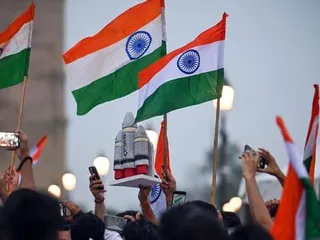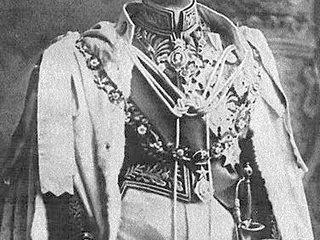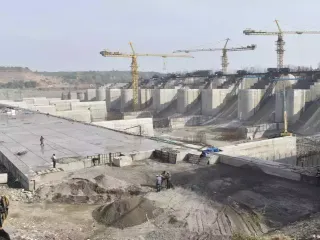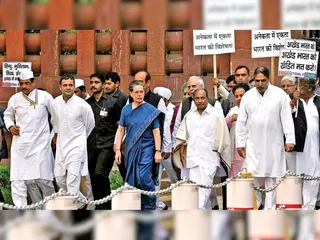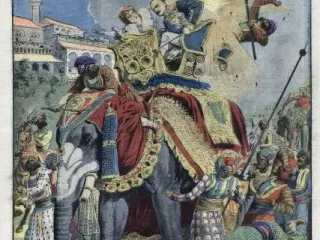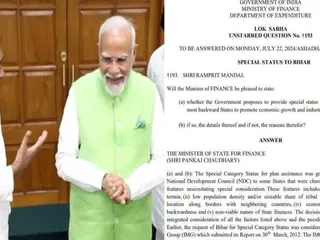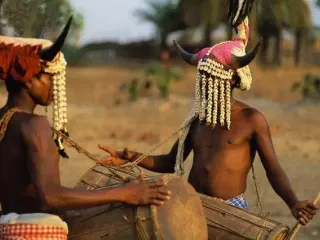The Kanva Dynasty, a relatively short-lived but historically significant dynasty, ruled parts of ancient India from approximately 73 BCE to 28 BCE. Emerging after the decline of the Shunga dynasty, the Kanvas represented a period of transition and consolidation in the political landscape of the Indian subcontinent.
Rise to Power and Notable Rulers
The exact circumstances surrounding the Kanva Dynasty's ascent to power are debated by historians. However, it's generally accepted that Vasudeva Kanva, the dynasty's founder, seized power through either a coup or a succession crisis within the crumbling Shunga Empire. Vasudeva cleverly consolidated his control, establishing a new dynasty that controlled a significant portion of the former Mauryan territories. Information regarding the specifics of this transition is limited due to a scarcity of primary sources.
While Vasudeva Kanva laid the foundation, the specifics of the reigns of subsequent Kanva rulers remain relatively obscure. The available historical accounts, primarily gleaned from literary sources and archaeological discoveries, are fragmented and don't provide comprehensive details on their individual reigns. However, their reign witnessed continued struggles for power and territorial control against various internal and external forces.
Administration and Cultural Impact
The Kanva Dynasty's administrative system likely followed the established patterns of previous dynasties, adapting and refining them to suit their specific circumstances. While detailed accounts of their administrative structures are limited, it is reasonable to assume they continued the tradition of centralized governance, employing officials at various levels to manage the empire's affairs. The available evidence suggests a continued adherence to Brahminical religious norms and practices.
The cultural impact of the Kanva Dynasty is challenging to fully assess due to the limited available records. However, their rule marks a period of transition between the Mauryan and the later empires. They are speculated to have patronized certain aspects of art and literature, though clear evidence is lacking.
Decline and Fall
The Kanva Dynasty's rule eventually came to an end around 28 BCE. The exact reasons for their demise are not entirely clear, but it likely resulted from a combination of internal strife, external pressures, and potentially a weakening of their central authority. The emergence of new power centers and possibly the growing influence of foreign powers might have contributed to their ultimate downfall. The subsequent Kushan Empire played a significant role in this transition.
Legacy
Despite its brevity, the Kanva Dynasty's era holds a significant place in Indian history. It represents a crucial transitional phase, bridging the gap between the mighty Mauryan Empire and subsequent dynasties. Their reign demonstrates the inherent instability and constant power struggles that shaped the political landscape of ancient India. Further research and archaeological discoveries are crucial to unravel the complete story of this fascinating, yet understudied, period.


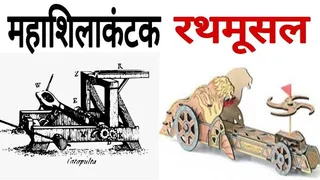





-(20)jpeg-1745030278713.jpeg.webp)




